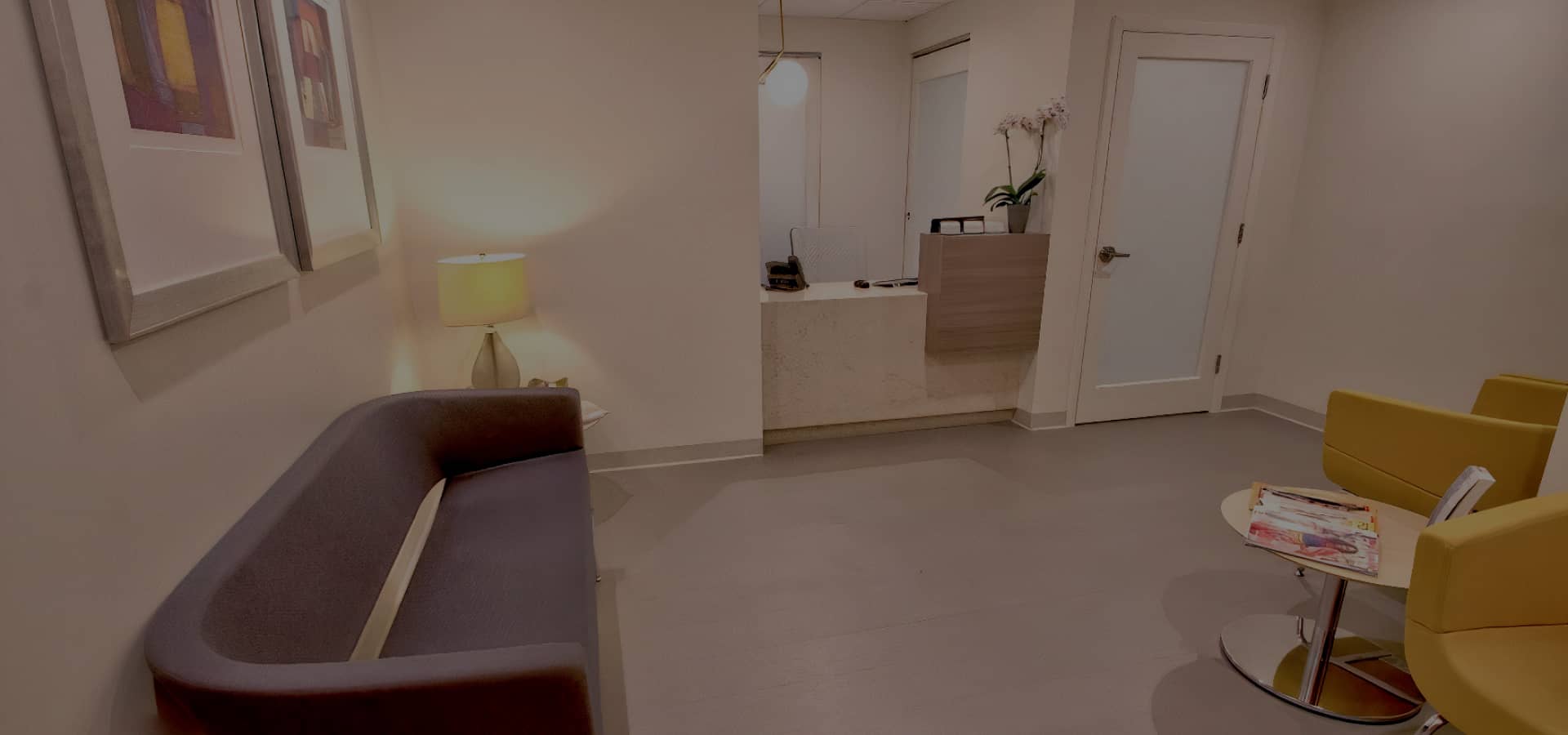What Sets Long Hair Transplants Apart?
Long hair transplants have emerged as a groundbreaking advancement in the realm of hair restoration. Unlike traditional FUE (Follicular Unit Extraction) procedures which often require shaving the donor area, this technique allows for hair transplantation without the need for cutting existing hair. This approach is especially appealing to those who are concerned about the visibility of undergoing a hair restoration procedure.
The key benefits of long hair transplants include:
- Minimal Scarring: Thanks to the advanced techniques used, patients experience minimal scarring compared to traditional methods.
- Unshaven Hair Transplant: The ability to transplant hair without shaving existing hair strands preserves the patient’s appearance and social life during the healing process.
- Natural Appearance: The immediate effect post-procedure gives a glimpse of the potential outcome, offering psychological comfort to the patient.
The Long Hair Transplant Procedure Explained
Harvesting and Implantation Techniques
Dr. Bared, a qualified hair transplant surgeon, employs meticulous techniques in the long hair transplant procedure. The process involves:
- Follicular Unit Extraction: This is a key method where individual hair follicles are carefully extracted from the donor area.
- Preservation of Hair Grafts: Once extracted, the hair grafts are preserved in a nutrient-rich solution to maintain their viability.
- Implantation: The hair grafts are then strategically placed in the thinning or balding areas to maximize hair density and ensure a natural look.
What to Expect During Recovery
Timeline of Healing and Hair Growth
Recovery from a long hair transplant is a gradual process. Patients can expect:
- Immediate Aftercare: Follow aftercare instructions diligently to promote healing and reduce the risks of complications.
- Return to Everyday Activities: Most patients can return to everyday activities within a few days post-operation.
- Hair Follicle Transition: Initially, transplanted hairs may shed before entering a new growth phase.
Managing Expectations for Long Hair Transplants
It’s crucial to have realistic expectations. While long hair transplants offer immediate cosmetic benefits, the full impact of the hair restoration journey takes time. Dr. Bared ensures patients understand the entire process, from the extraction of hair follicles to the final, denser appearance.
Realistic Time Frame for Results
Understanding the realistic time frame for seeing the results of a long hair transplant is crucial for managing patient expectations. This time frame can vary significantly based on individual factors, but there are general milestones in the hair restoration journey:
- Immediate Post-Operation: Right after the surgery, patients will see the placement of the transplanted hairs. This provides an immediate sense of the potential outcome, though the final results are not yet visible.
- First Few Weeks: During the initial weeks, it is common for the transplanted hairs to shed. This is a normal part of the healing process and should not be a cause for concern.
- Three to Four Months: At this stage, patients start to notice new hair growth. This hair is typically thin and fine at first.
- Six Months: By the six-month mark, a more noticeable improvement in hair density can be observed. The new hair strands will start to thicken and blend more seamlessly with existing hair.
- One Year: The full results of the hair transplant are usually visible at around one-year post-operation. By this time, the transplanted hairs have typically reached their full thickness and strength.
- Beyond One Year: In some cases, improvements can continue to be seen beyond the one-year mark, with hair density and texture still refining.
It’s important to note that individual results can vary based on factors like the overall health of the patient, the quality and density of the donor hair, and adherence to aftercare instructions provided by the qualified hair transplant surgeon.
Dr. Bared emphasizes the importance of patience and realistic expectations, as the hair restoration journey is a gradual process that unfolds over several months.
Growth Patterns and Density Considerations
The growth patterns and hair density after a long hair transplant depend on several factors, including:
- Extent of Hair Loss: The more extensive the hair loss, the more challenging it is to achieve high density.
- Quality of Donor Hair: Sufficient donor hair is essential for a successful transplant.
- Hair Care Post-Transplant: Using recommended hair care products and avoiding tight hairstyles can enhance results.
Risks and Potential Complications
Common Concerns Post-Transplant
Like all surgical procedures, long hair transplants carry risks. Common concerns include:
- Infection Risk: While rare, there’s a small risk of infection, which can be mitigated by following post-operative care instructions.
- Shock Loss: Temporary thinning of pre-existing hair, usually reversible.
- Scarring: Even with advanced techniques, minimal scarring in the donor area is possible.
Long-Term Maintenance of Long Hair Transplant Results
Ongoing Care for Transplanted Hair
To maintain the health and appearance of transplanted hair, patients are advised to:
- Use Suitable Hair Care Products: Specific hair care products can enhance the longevity and appearance of transplanted hair.
- Avoid Strenuous Activities: Initially, avoiding physical activities that may stress the scalp is recommended.
- Regular Follow-Ups: Regular check-ups with Dr. Bared ensure the health of the transplanted hair.
Advancements in long hair transplant techniques by skilled surgeons like Dr. Bared have revolutionized the hair restoration field. This procedure offers a viable solution for those seeking hair transplantation without the need for shaving, ensuring a more discreet and comfortable experience. The meticulous process, from the extraction of hair follicles to the careful implantation, requires expertise and precision to ensure optimal results.
Advancements in Long Hair Transplantation
Recent years have seen significant advancements in hair restoration, particularly in long hair transplant techniques. These improvements have not only enhanced the efficacy of the procedure but also increased patient comfort and satisfaction. Some notable advancements include:
- Follicular Unit Grafts: This technique has evolved to ensure higher survival rates of transplanted hair follicles.
- Platelet-Rich Plasma (PRP) Therapy: Used in conjunction with hair transplants, PRP therapy can stimulate healing and hair growth.
- Refined Extraction and Implantation Tools: These minimize trauma to the scalp and improve the precision of hair placement.
If you are considering a hair transplant and want to know more about your options, particularly the innovative long hair technique, we encourage you to schedule a personal consultation with Dr. Bared.
During this consultation, you’ll receive detailed information about the procedure, understand the hair fue transplant prices, and learn how this method can be tailored to your unique hair restoration journey. Contact us today to take the first step towards reclaiming your hair and confidence.

